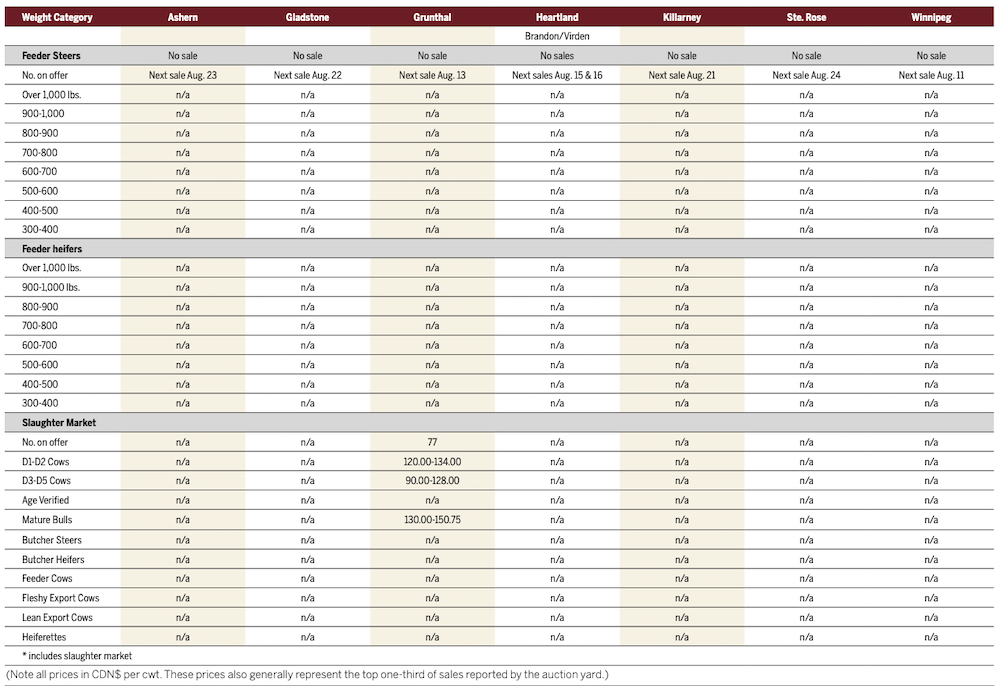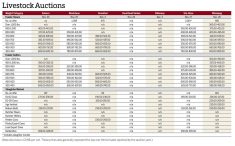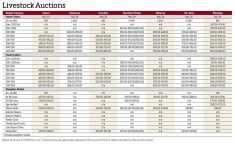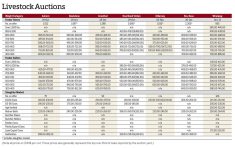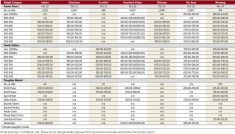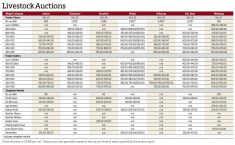As some Manitoba cattle auction sites get set to begin the fall run in late August, producers might wonder if elevated prices throughout most of 2023 will carry into the latter months.
Brenna Grant, executive director of Canfax, the marketing analysis division of the Canadian Cattle Association, said they should expect more of the same.
“Forward delivery sales in July, for September, October and November delivery, had prices at $372-$382 per hundredweight for five-weight steers,” she said.
Read Also
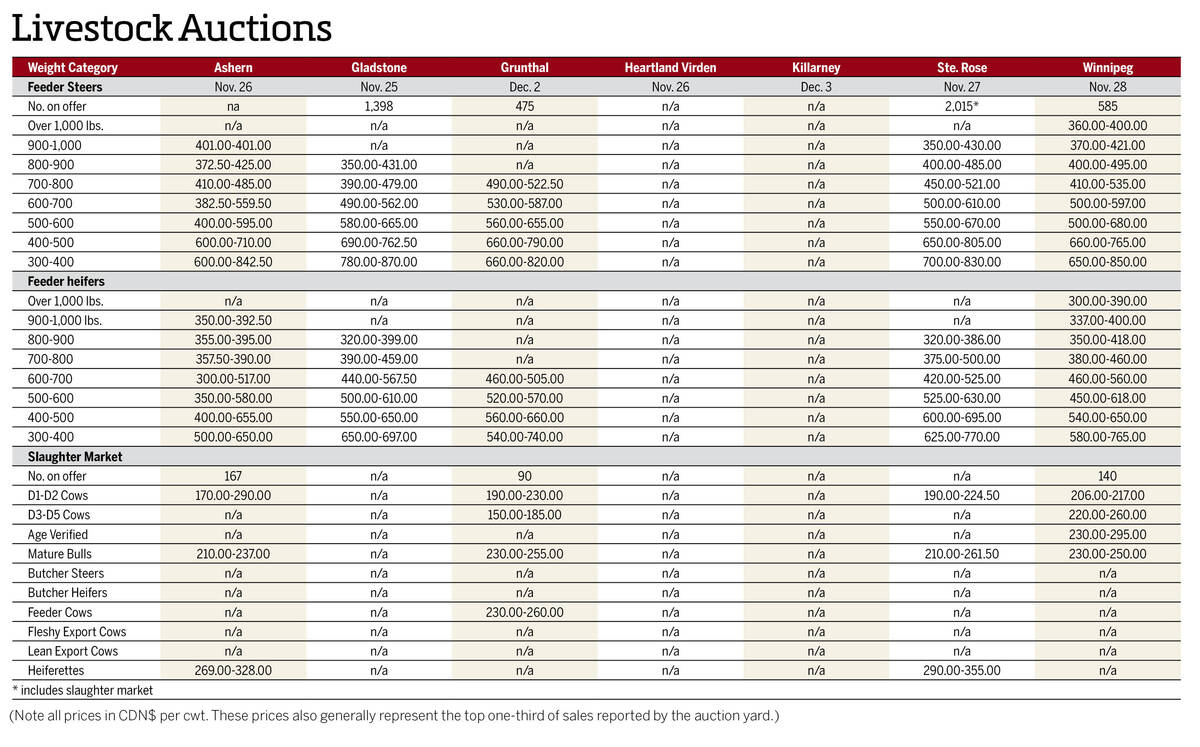
Manitoba cattle prices, Dec. 3
Cattle prices from Manitoba’s major livestock auction marts during the week Nov. 25-Dec. 2, 2025.
“Forward delivery prices tend to the top of the market, so while prices are expected to remain strong into the fall run, there will be a range depending on where feed grain prices go.”
In fact, Grant added, this year’s prices weren’t unprecedented but lack of seasonal price movement was unusual.
“Prices in the first half of 2023 have been on par with the first quarter of 2022 and June 2020. In fact, January through April had prices slightly below year-ago levels, down one to five per cent,” she said, pointing to Statistics Canada data.
“However, the historical seasonality with spring highs and lower prices going into summer has not occurred. Prices have stayed steady.”
Drought conditions across the Prairies are not as severe as in 2021 in most areas, and U.S. corn prices have been relatively low this summer, but feed grain costs are still having an impact on cattle producers’ bottom line, said Grant.
“While Alberta hay prices are down from last year’s record-high levels in the first half of the year, they remain above the first half of 2021 at around $200 per tonne,” she said, adding that tighter supplies had greater impact.
Domestic beef production was down one per cent in the first quarter and 11 per cent in the second. However, demand for Canadian beef is still going strong as domestic cow slaughter increases.
“Canadian cow slaughter is up five per cent from last year and up four per cent from the five-year average. Larger non-fed production is offsetting some of the decline in youthful beef production,” Grant said.
Meanwhile, U.S. beef cow inventories on July 1 “were down nine per cent from the 2018 peak and are now 1.2 per cent below the 2014 low in the last cycle.”
On the Chicago Mercantile Exchange, there was little change in the highly traded October live cattle contract during the week ended Aug. 10. The price settled at US$182.525/cwt., only $1.225 higher than the week before.
As for the September feeder cattle contract, the price closed at $251.575/cwt. on Aug. 10, compared to $251.650 one week earlier.
Only one Manitoba auction site held a regular sale during the week ended Aug. 10, in Grunthal. Winnipeg Livestock Sales had a regular sale Aug. 11, while Heartland Livestock Services was to resume sales in Brandon and Virden on Aug. 15 and 16.
Killarney and Gladstone Auction Marts are expected to reopen for the fall run on Aug. 21 and 22, respectively, while Ashern Auction Mart will start its fall run Aug. 23 and Ste. Rose Auction Mart will follow suit Aug. 24.


